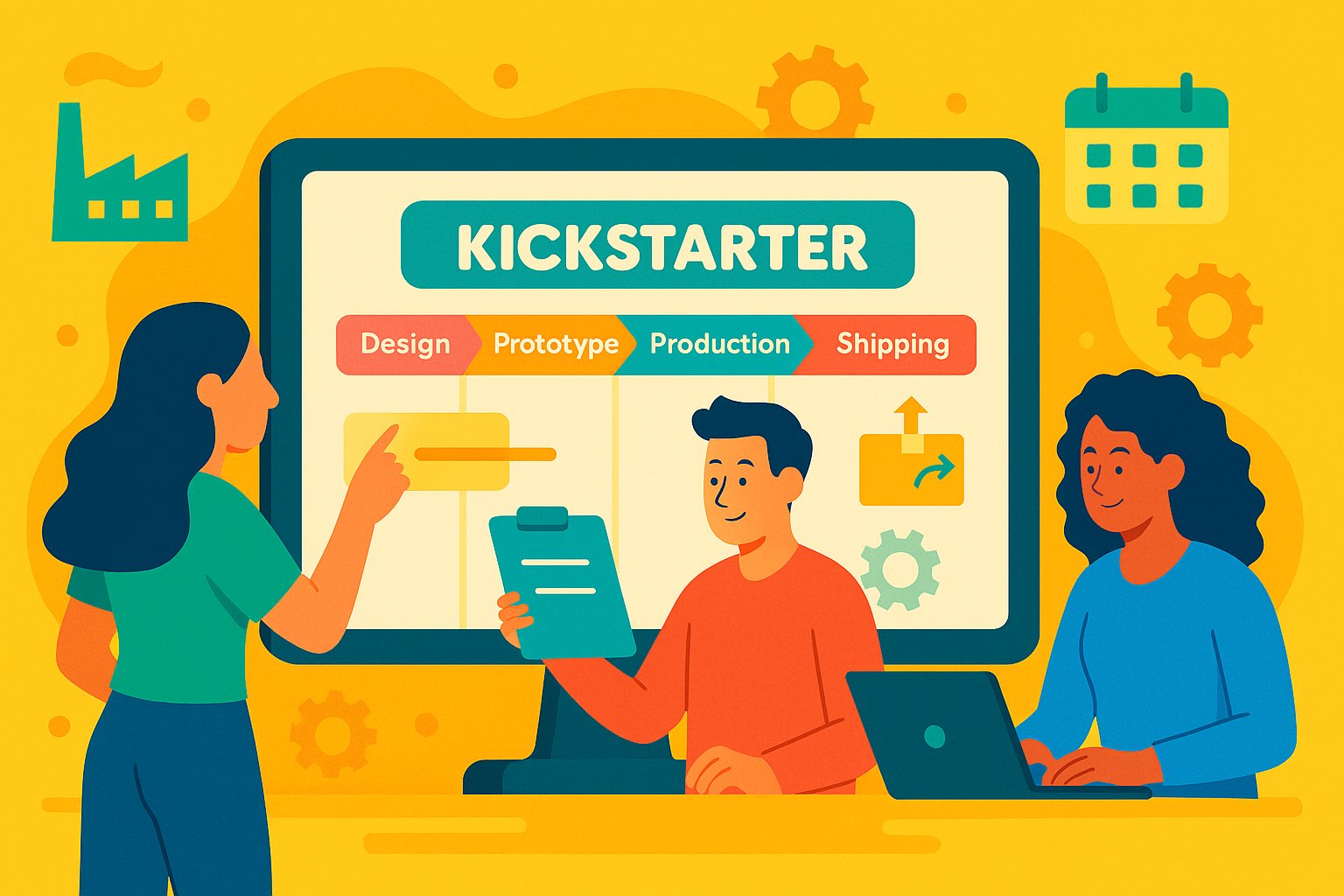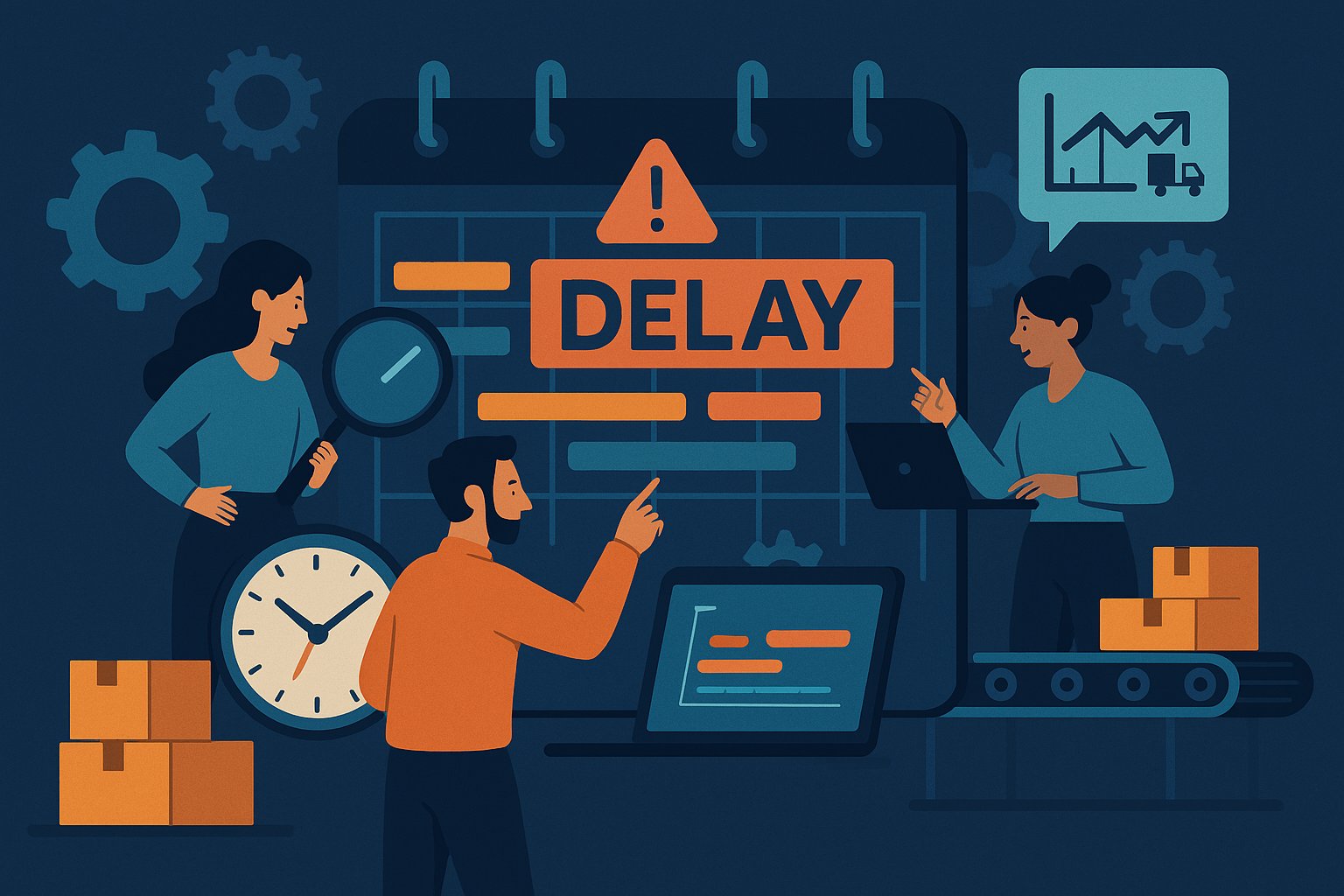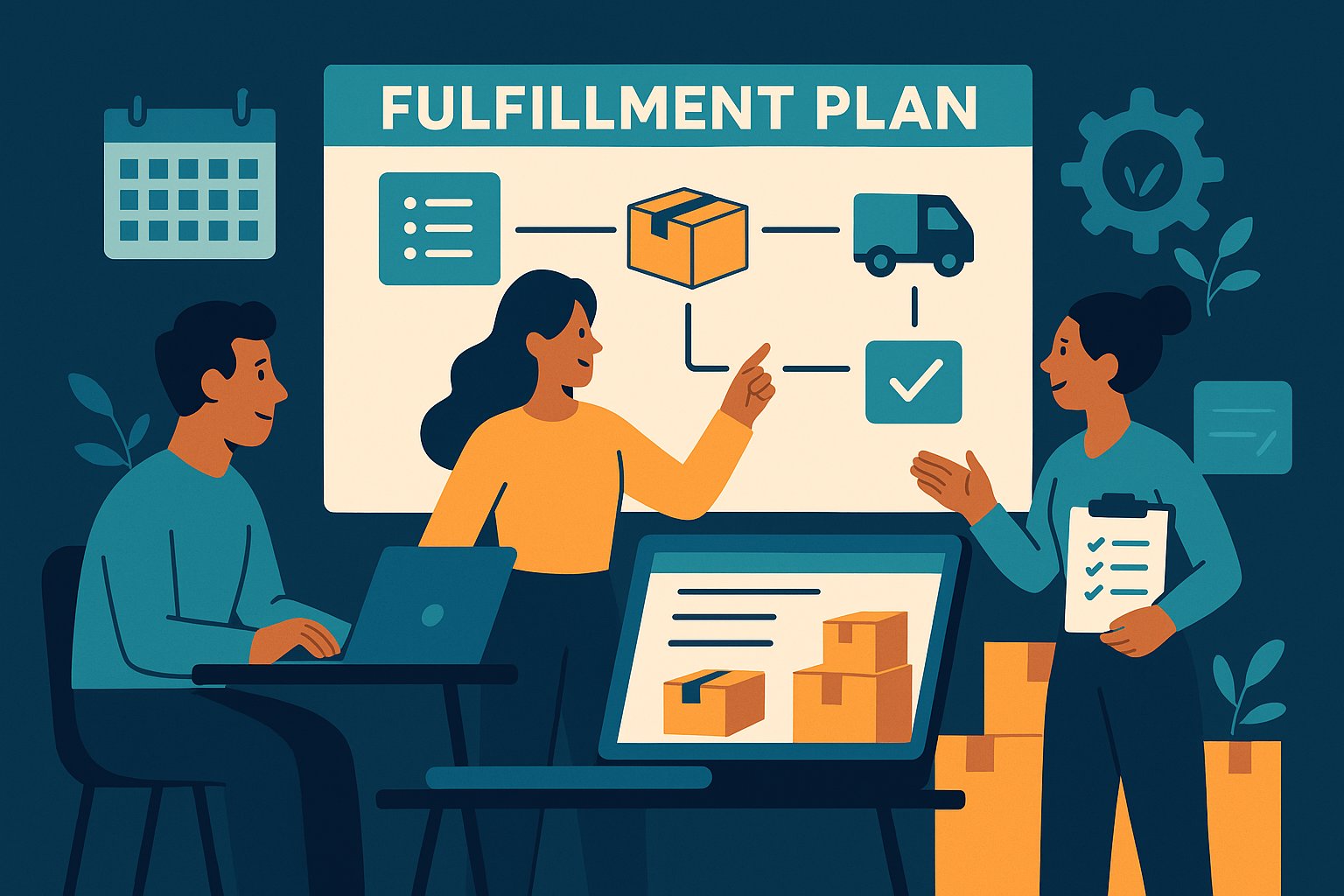Envisioning Triumph: Why a Thoughtful Timeline Fuels Kickstarter Success
Launching a Kickstarter campaign is an exhilarating venture. The thrill of seeing pledges roll in and the promise of transforming an idea into a delivered product are intoxicating. Yet, behind the excitement lies a crucial operational backbone: a realistic manufacturing timeline. Without a carefully planned schedule, even the most innovative products risk missing fulfillment deadlines, disappointing backers, or incurring costly rush fees. By crafting a timeline that balances ambition with realism, you set clear expectations for your backers and provide a structured roadmap to guide every stage of product development. This foundation is not merely a logistical formality; it becomes a powerful marketing tool, signaling professionalism and reliability to potential supporters who want confidence that their investment will yield tangible results.
Shaping Your Vision: From Initial Concept to Prototype Blueprint
Every manufacturing journey begins with a spark of inspiration—a sketch, a digital rendering, or a rudimentary mockup. However, transforming that idea into a physical prototype demands time, resources, and a series of iterative steps. First, allocate a realistic window for design refinements. Your initial prototype will rarely be flawless: it’s a chance to test fit, function, and materials. Account for multiple prototype iterations, each cycle requiring feedback, adjustments, and perhaps even new suppliers. Remember that sourcing components—whether custom enclosures, circuit boards, or specialized fabrics—often involves minimum order quantities and lead times. By breaking this phase into sub-stages (3D modeling, material selection, initial proof-of-concept, and final prototype), you’ll gain clarity on potential bottlenecks. For instance, if your 3D-printed prototype takes two weeks to produce but the revision requires different materials with a four-week lead time, acknowledging that trade-off at the outset prevents last-minute shocks. Building ample time for testing—particularly for electronics, mechanical tolerances, or user experience—is essential. Early field tests or focus group sessions can reveal unforeseen issues, ensuring your timeline reflects real-world contingencies rather than an optimistic guess.
Unveiling Supplier Dynamics: Decoding Lead Times and Minimum Orders
Choosing the right manufacturing partner is a make-or-break decision for any Kickstarter creator. Suppliers vary dramatically in terms of capacity, quality, communication speed, and cost structure. Once you have a validated prototype, the next critical step is to request quotes and lead-time estimates from multiple factories. It is wise to work with at least two or three potential suppliers to hedge against unexpected delays. In your timeline, include a dedicated research phase—several weeks to identify suppliers, request sample orders, and compare quality. Keep in mind that overseas factories often have longer shipping windows, customs clearance considerations, and potential holiday shutdowns. For example, factories in China may close for two weeks during Chinese New Year; if you overlook this in your schedule, even a well-intentioned plan can derail. Furthermore, many suppliers impose minimum order quantities (MOQs) that could exceed your initial backer count. Factor in the time needed to negotiate MOQs or consider splitting production runs to smaller batches. When negotiating lead times, ask explicitly about capacity during peak seasons or unforeseen disruptions. A supplier might quote a four-week production window, but if they’re running at capacity, that estimate can stretch to eight weeks. Document all these timelines in a centralized calendar, marking the earliest and latest possible shipment dates for each critical component.
Architecting Buffer Zones: Embracing the Power of Flexibility
No manufacturing plan is immune to hiccups—machinery breakdowns, material shortages, or shipping delays can strike without warning. Thus, insertion of buffer zones within your timeline is not an admission of pessimism but a strategic safeguard. Rather than scheduling the final assembly and shipping to commence immediately upon prototype approval, carve out additional days or weeks as a contingency. Industry best practices often recommend at least 15–20% cushion on top of the estimated production time. For example, if your assembly process is likely to take six weeks, earmark seven weeks in your timeline to accommodate unexpected delays. Similarly, shipping from international factories may take two weeks for sea freight but three to four weeks if customs inspections intensify. By creating overlapping windows—where some tasks run in parallel rather than strictly sequentially—you can reduce the total project duration without sacrificing reliability. For instance, while waiting for the final prototype samples, begin sourcing secondary packaging materials or finalize your shipping provider agreement. This “parallel processing” ensures that when one task concludes early, the next is ready to launch, and if a task overruns, it does not completely halt the downstream flow.
Infusing Quality Control at Key Milestones
Quality control (QC) is a non-negotiable element of any successful Kickstarter product. A single batch of defective units can damage brand reputation and lead to unhappy backers. To integrate QC seamlessly into your manufacturing timeline, designate clear checkpoints following each major production phase: initial sample approval, pilot production run, and full-scale assembly. Each checkpoint should involve thorough inspections—verifying dimensions, functionality, and cosmetic appearance against your design specifications. Ideally, enlist a third-party inspection agency near the factory location to provide unbiased assessments and catch quality issues before the entire batch is shipped. In your timeline, allocate specific windows for inspections and potential rework. If a pilot run reveals a misaligned circuit board trace or a misprint on your branded packaging, the factory may need days or weeks to correct the mold or tooling. By penciling in these QC intervals, you avoid the heartache of realizing an entire crate of finished goods is unusable. Additionally, document acceptable defect thresholds beforehand; for instance, allow no more than 1% cosmetic blemishes on casing surfaces. These predefined standards help the factory understand your tolerance levels and speed up decision-making during QC passes.
Empowering Communication: Keeping Backers in the Loop
Transparent, proactive communication with backers is a cornerstone of Kickstarter credibility. While some creators may fear that sharing every hiccup will dampen enthusiasm, the opposite is true: an informed community is a supportive one. Embed communication milestones into your manufacturing timeline. For example, after final prototype approval, send an update highlighting design tweaks made in response to backer feedback. As the first production samples come off the line, share behind-the-scenes photos or short videos to build excitement. Schedule a mid-production update to inform backers of estimated shipping dates, even if those dates remain provisional. These periodic touchpoints keep the community engaged and stave off frustration when unforeseen delays occur. In your timeline planning, reserve time to draft and distribute updates, coordinate with your campaign platform’s update features, and monitor backer inquiries. By earmarking one or two dedicated days per month solely for communication tasks—rather than assuming it will fit into spare moments—you demonstrate respect for your backers’ investment and foster goodwill. Remember, the stakeholders behind every pledge are real people waiting for your product; treating them like partners in the process often translates into ongoing support for future campaigns or product iterations.
Aligning Production Schedules with Shipping Realities
Even after manufacturing concludes, your timeline must account for the intricate logistics of shipping to backers worldwide. Depending on your product’s weight and dimensions, shipping costs can balloon dramatically if you overlook dimensional weight or misjudge carrier rates. To avoid unpleasant surprises, finalize packaging designs well before production ends. Collaborate with your fulfillment partner or shipping carrier to calculate exact shipping rates based on box dimensions, weight, and destination zones. When constructing your timeline, allocate specific slots for final packaging validation—ensuring that the product, protective inserts, and shipping box fit within cost-effective dimensional parameters. If you anticipate offering expedited shipping options, confirm cut-off dates for those rates and incorporate them into your schedule. Moreover, plan for seasonal spikes: if you’re shipping during peak holiday season, carrier transit times can lengthen significantly. By consulting carrier-provided historical transit data, you can adjust your timeline to guarantee backers receive their rewards on schedule. In many cases, it’s worth booking shipping slots or negotiating rates a month or two in advance, locking in space on cargo vessels or priority courier flights. Integrating these logistics considerations from the outset transforms your manufacturing timeline into a seamless flow that includes final mile delivery, ensuring backer satisfaction.
Projecting Growth: Scaling Your Timeline for Future Demand
A realistic manufacturing timeline for your first Kickstarter product lays the groundwork for sustainable growth. As your brand gains traction, backer counts may double—or even triple—on subsequent campaigns. To prepare for this scale, adopt a modular timeline structure that can adapt to higher order volumes. Instead of planning production in a single monolithic run, divide your timeline into multiple waves: an initial batch for core backers, followed by secondary runs timed to campaign stretch goals or post-campaign pre-orders. This wave-based approach prevents sudden spikes in workload and allows you to refine processes between batches. For example, if the first wave uncovers a slight mismatch between component B and component C, you can correct tooling or adjust component specifications before the second wave begins. In your timeline, visually separate these waves using distinct color-coded blocks or calendar markers. Assign realistic time for analyzing lessons learned from each wave. This iterative method also facilitates cash flow management: revenue from the first batch can help fund the materials or tooling for the second batch. By embedding these scalable practices into your timeline model, you demonstrate to investors, partners, and backers that you have a solid plan for handling increased demand without compromising quality or delivery speed.
Final Victory Lap: Hitting Your Delivery Milestones with Confidence
As the final production units roll off the assembly line and shipping manifests are generated, you reach what might feel like the climax of your Kickstarter journey. Nonetheless, resisting the temptation to declare the timeline “done” is paramount. Conduct a final audit of all delivery-related tasks: confirm that all units batch-coded for QC passed inspection, ensure shipping manifests match pledge totals, and verify that tracking numbers have been correctly assigned to every backer. In your timeline, assign a “wrap-up” phase—an often-overlooked period of approximately two weeks—dedicated to resolving any late-emerging issues. If a small subset of products encounters damage during transit, or if a few backers report missing components, having this buffer allows you to organize replacements promptly without derailing your broader schedule. Collect post-delivery feedback from backers to identify areas for refinement in your timeline, whether it’s adjusting buffer zones or streamlining QC handoffs. Summarize these learnings in a post-campaign retrospective, then integrate them into your planning template for your next Kickstarter venture. By treating the conclusion of one campaign as the springboard for the next, you establish a culture of continuous improvement where every manufacturing timeline becomes more refined and more precise.
Embracing the Art of Realism: Your Pathway to Kickstarter Glory
Creating a realistic manufacturing timeline for your Kickstarter product is both a science and an art. It requires meticulous research, careful supplier negotiations, and honest assessments of your team’s capabilities. When you break down prototype development, supplier lead times, quality control checkpoints, shipping logistics, and contingency buffers into a cohesive schedule, you transform an intimidating process into an actionable plan. Incorporating regular communication milestones ensures your backers remain energized and supportive throughout every twist and turn. By building in room for iteration and future scale, you safeguard against unexpected challenges and lay the foundation for sustainable growth. Ultimately, a thoughtfully crafted timeline sends a powerful signal: you’re a creator who respects backers’ trust and values the integrity of your product. Armed with this roadmap, you can confidently navigate the journey from concept to delivery, delivering on promises and earning the kind of Kickstarter glory that sets the stage for long-term success.




